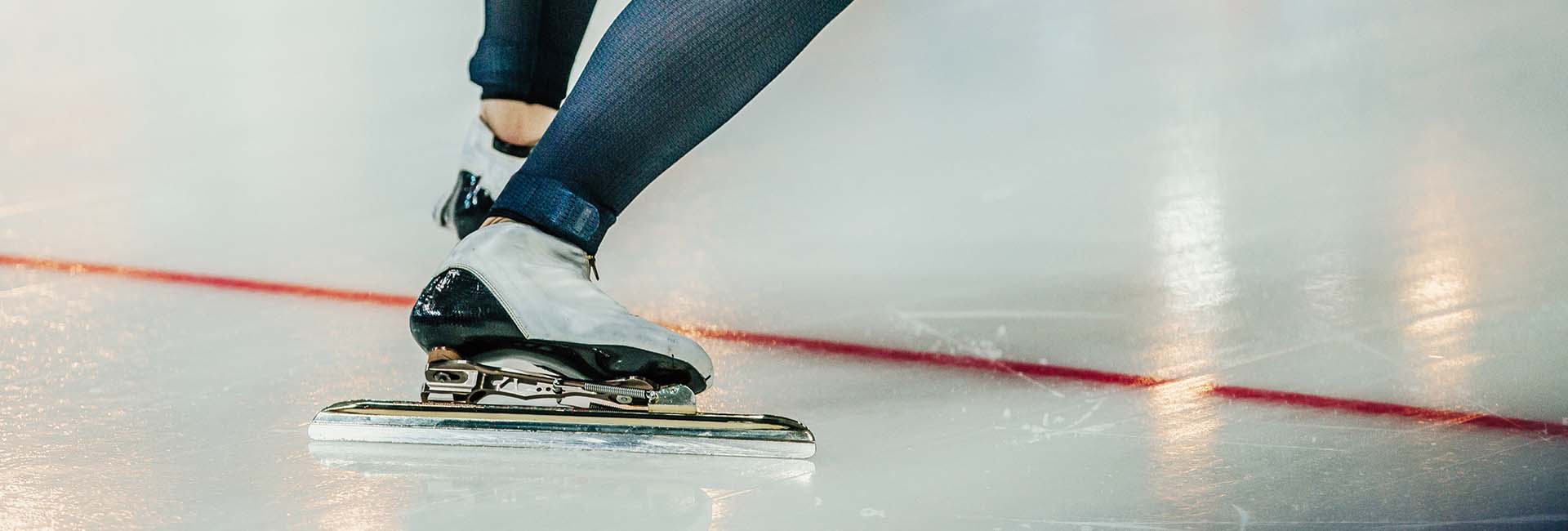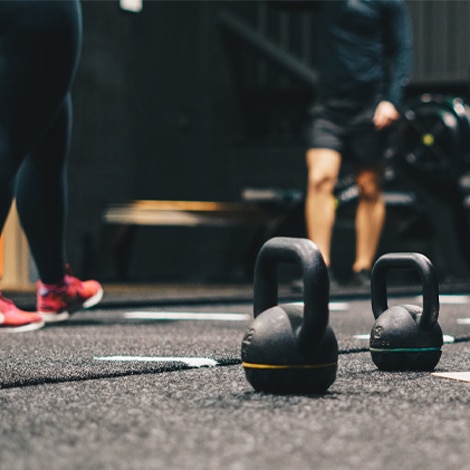In the Winter and Summer Olympics, the margin between winning gold, silver, bronze, and not medaling at all can come down to a fraction of a second. As such, coaches and athletes must tap into every possible competitive advantage available, as even a single percentage point improvement can make all the difference. Athlete management systems (AMS) are helping Olympic committees, federations, and institutes bring data-driven insights to bear on athlete preparation so that every opportunity for advancement is identified and each athlete is fully ready to take on the world’s best every four years.
An AMS like Smartabase makes it easier for organizations like U.S Ski and Snowboard, High Performance Sport New Zealand (HPSNZ), Alpine Canada, the German Ski Federation, U.S. Speedskating, and more to manage athletes across a broad range of Summer and Winter Olympic disciplines.
Traditionally, each sport had its own databases, spreadsheets, and other applications for monitoring athlete data, which meant that this information was often stuck in siloes and confined to certain specialties like nutrition, psychology, and strength and conditioning. In contrast, a performance management platform empowers such support staff to better manage athletes in single sports, while providing a 30,000-foot view to higher level program directors. An AMS also allows specialists in different disciplines to more easily share information and best practices that can be applied to improve Olympians’ preparation across the board.
AMPLIFYING THE AUSTRALIAN INSTITUTE OF SPORT’S OLYMPIC PREPARATIONS
The Australian Institute of Sport (AIS) is world-renowned for its forward-thinking approach to athlete preparation. The AIS used to try and monitor more than 12,000 athletes throughout 2,500 club and regional squads using separate databases, but this made it difficult to share information or highlight data trends that might provide opportunities for performance advancements.
Aggregating all athletes’ data in a central Smartabase repository improved communication within and between distinct specialties and sports, empowered coaches to make more objective decisions about training, and gave athletes access to their own data for the first time. Having a single, centralized AMS also enables Australian training centers in Italy and other global locations to share information more efficiently with coaches back home.
The AIS has used Smartabase to collect over billions of data points from current and future Olympians, giving coaches an unprecedented window into what’s working well in athletes’ training, what can be improved, and what needs to be changed. Smartabase provides a complete picture, so coaches and staff know how to intervene, when, and what the results are.
With a user base including sports scientists, data analysts, athletes, medical staff, coaches, high performance managers, and dieticians – the AIS has developed a truly centralized national system, with multiple organizations and locations now collaborating through one unified platform. Pairing data analysis with committed coaches and experienced sports science professionals has enabled the AIS to create a culture of sustained excellence that continues to yield major dividends at every Olympics, from the track to the pool and beyond.
SUPPORTING THE NETHERLANDS OLYMPIC COMMITTEE’S PUSH FOR CENTRALIZED DATA MANAGEMENT
In 2018, the Netherlands Olympic Committee (NOC) began the Digitization Topsport program to help every TeamNL Olympic team representing the Netherlands improve their identification of top junior athletes and elevate performance with more objective, data-driven decision-making. Dutch national teams were using so many disparate systems that it was difficult for coaches and sports scientists to obtain full data for every athlete, let alone analyze and consolidate it to inform optimal training and recovery.
Seeking to overcome this challenge, the NOC looked for a way to integrate file and data management for each sport it oversees, and to also find a platform that would enable better communication and information sharing between specialists and across all sports and their sub-disciplines. After considering four AMS vendors, TeamNL selected Smartabase from Fusion Sport for a pilot with the KNZB, Nevobo, and KNSB programs, citing its user-friendliness, flexibility, privacy features, and product maturity.
This project proved to be successful, so the NOC decided to roll Smartabase out across every Olympic sport at the end of 2019.
FACILITATING REMOTE COACHING DURING COVID
The scheduling of the XXXII Olympiad (Summer 2020) did not go as planned for any of the 205 nations slated to compete in 339 events across 33 sports. As the four-year buildup to the Tokyo Olympics was extended to five years in the wake of the Games being delayed until July 2021 due to COVID-19, athletes had to increasingly rely on remote coaching.
An AMS such as Smartabase enabled coaches to keep collecting, visualizing, and interpreting data from wearables and training logs during the pandemic, even when they couldn’t oversee their athletes’ sessions in person. This allowed them to avoid interruptions in the training cycle and to ensure that preparation was continuous and consistent in the extra 12-month training block that preceded the Olympics in 2021.
Information from monitoring devices like GPS trackers, force plates, and accelerometers enabled coaches to simulate the demands that would normally be imposed during in-person team practices and pre-Olympic friendly matches, meets, and scrimmages, and to measure the internal and external load that remote practice sessions placed on athletes.
Intaking this information into an AMS such as Smartabase allowed Olympic committees’ sports scientists to visualize this data, report on it, and find practical takeaways that helped them tweak individual athlete and team training so that they peaked just in time for the rescheduled Games. Data from certain devices like the Whoop Band also offered team medical staff the potential to detect COVID symptoms among Olympians utilizing metrics like respiratory rate.
PLANNING AND MONITORING PERIODIZATION DURING A FOUR-YEAR OLYMPIC CYCLE
Four years is a long time for any athlete and team to prepare for a single event – let alone the extended five-year period preceding the Tokyo Summer Games and Beijing Winter Olympics. Depending on the selection criteria, athletes can come and go from an Olympic squad throughout the quadrennial, and when they’re on the senior national team, their status can change in a moment (such as when a rowing coach elevates athletes to or demotes them from the top pairs, fours, and eights boats).
To make good and timely decisions, Olympic coaches and sports scientists need to have a complete overview of the entire four-year cycle at a glance. Sometimes they must perform more granular data analysis, but often what’s required is the visualization of simple data sets that enable them to track the past performances and adaptations of each athlete, the overall progress of the team as a whole, and what’s coming down the pike in terms of training, travel, and competition. They also need to be able to build in adequate recovery for every athlete, keep tabs on when and why injuries occur, and plan for when individuals are cleared to return to practice.
The Smartabase periodization widget provides sports scientists a single-view window into Olympians’ historic data and day-to-day information across an entire four-year cycle. This allows them to see the impact of meso, macro, and microcycle training blocks on athletes’ performance, and to ensure that they’re not overtraining or under-recovering. The periodization widget also enables coaches to incorporate scheduling and travel information for trials, international competitions, and the Games so that tweaks to recovery and load management can be planned in advance and implemented successfully to maximize readiness and preparedness.
When it comes to Olympic sports in which entire careers hinge on minutes or seconds in one pivotal final, nothing can be left to chance. Managing team data in an AMS such as Smartabase removes the guesswork, increases the usefulness of athlete information, and, as we’ll explore in a forthcoming piece, reduces the impact of injuries. As a result, squads can show up to the Summer and Winter Games knowing they’re as ready as they’ll ever be to achieve their Olympic dreams.
IF YOU ENJOYED THIS ARTICLE, YOU MIGHT ALSO LIKE…
- Deriving Confidence from Data | Olympic Gold Medalist Hannah Kearney, US Ski & Snowboard (VIDEO)
- High Performance Data Management | Gus Kaeding, US Ski & Snowboard Association (VIDEO)
- Human Performance Maturity Model Overview
- Finding the Right AMS for Your Athletic Department’s Performance Management Needs
- Build or Buy Your Human Performance Platform








